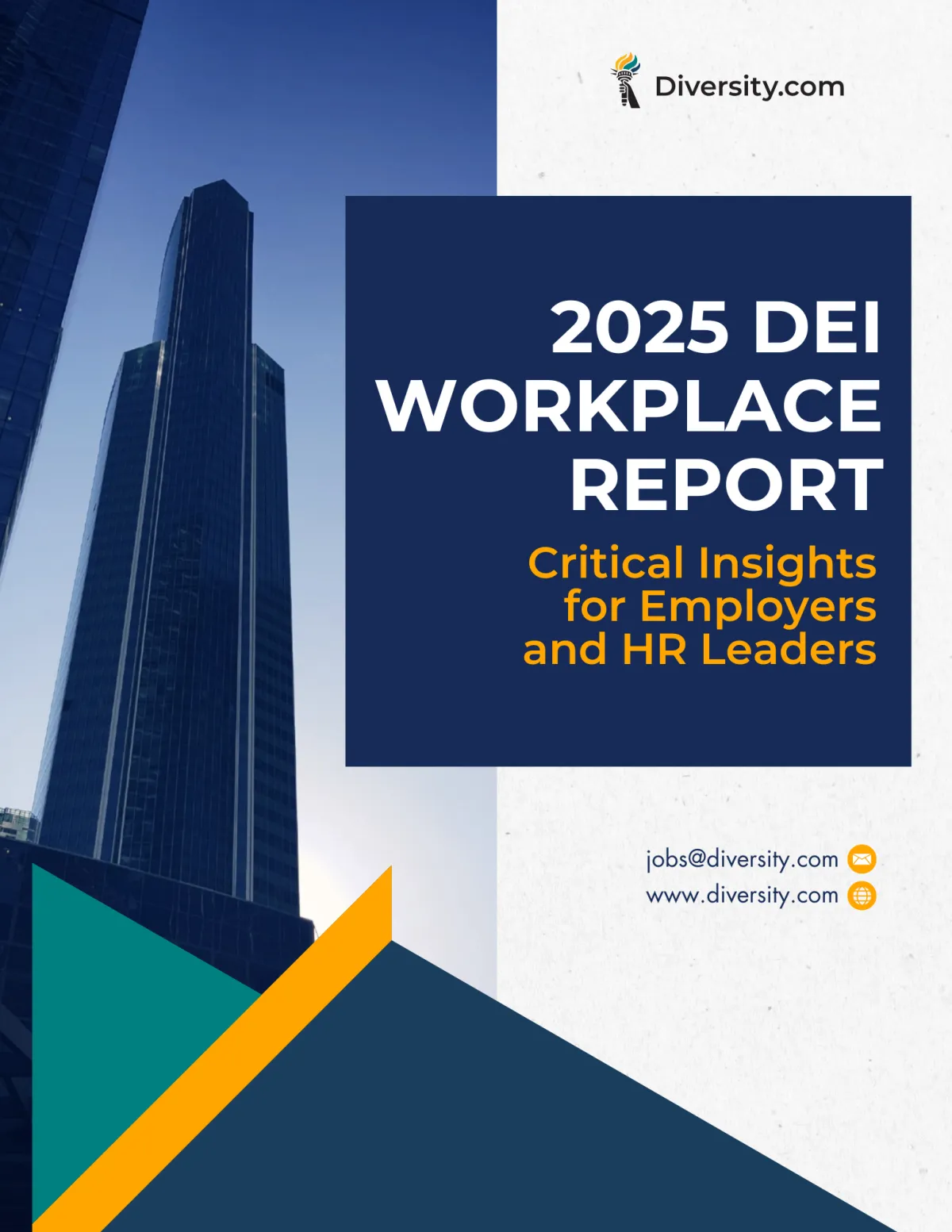
Covering in the Workplace: The Hidden Cost of Conformity
In today’s diverse work environments, many employees feel compelled to downplay aspects of their identity to fit into the dominant workplace culture—a phenomenon known as covering.
While often overlooked, covering can have significant psychological and professional consequences, especially for individuals from marginalized communities.
What Is Covering?
Covering refers to the act of minimizing or concealing elements of one’s identity—such as race, gender, religion, or sexual orientation—to conform to workplace norms.
This can involve changes in behavior, appearance, communication style, or even who employees associate with.
The concept was notably detailed in Deloitte’s Uncovering Talent report, which found that a majority of employees across backgrounds engage in some form of covering at work (Deloitte, n.d.).
Four Types of Covering
Appearance-Based Covering: Changing physical appearance to align with dominant aesthetics (e.g., altering natural hair or dress).
Affiliation-Based Covering: Avoiding visible connections to cultural, religious, or community groups.
Advocacy-Based Covering: Choosing not to speak up about issues that impact one's identity group.
Association-Based Covering: Distancing oneself from others who share the same identity.
Real-World Examples
A Black woman wears her hair straight instead of natural, fearing she’ll be seen as “unprofessional.”
A gay man avoids mentioning his partner in conversations with colleagues.
A Muslim employee refrains from taking prayer breaks to avoid drawing attention.
The Impact of Covering
Covering is more than a workplace habit—it’s a stressor that undermines inclusion:
Emotional Exhaustion: Continually hiding parts of one’s identity takes a toll on mental health.
Reduced Job Satisfaction: Lack of authenticity at work contributes to disengagement.
Stalled Career Growth: Those who cover may self-select out of leadership pathways to avoid visibility.
What Employers Can Do
Foster Belonging: Cultivate a workplace culture that encourages authenticity.
Review Policies: Ensure norms don’t unintentionally push employees to conform to a dominant mold.
Train Leaders: Offer training on inclusive management, microaggressions, and unconscious bias.
Support ERGs: Employee Resource Groups provide safe spaces and elevate diverse voices.
How Diversity.com Supports Inclusive Hiring
At Diversity.com, we believe workplaces should celebrate—not suppress—identity.
As a leading DEI job board, we connect job seekers with employers who are committed to authenticity, equity, and inclusion.
For Employers & HR Leaders:
✔ Post Inclusive Job Listings — Reach a diverse pool of candidates by highlighting your organization's commitment to DEI.
✔ Access DEI Resources — Utilize our curated content to inform and enhance your DEI strategies.
✔ Engage with a Community — Connect with like-minded professionals dedicated to advancing workplace diversity.
For Job Seekers:
✔ Find inclusive employers — Discover organizations that prioritize equity and inclusion in their hiring practices.
✔ Enhance Your Profile — Showcase your experiences and skills to employers committed to DEI.
✔ Stay Informed — Access articles and resources to support your career development in inclusive workplaces.
We believe in a future where every career journey and every hire moves us closer to true equity.
Start building with Diversity.com.
If you have any questions or need assistance, feel free to Contact Us Here. Our dedicated support team is ready to help!
Related Articles
Cultural Taxation in the Workplace: The Hidden Burden on Minority Employees
Tokenism at Work: How to Spot It and Replace It With Real Inclusion
The Rise of DEI Fatigue: Navigating the Challenges and Reaffirming Commitments
Stockholm Said No: What a Swedish Rejection of U.S. Pressure Says About Global DEI Values
Shareholders Overwhelmingly Reject Anti-DEI Proposals: A Strong Signal for Inclusive Hiring
Microaggressions in the Workplace: Unpacking the Subtle Acts of Exclusion
Code-Switching in the Workplace: Navigating Identity and Professionalism
Sources & References
Deloitte. (n.d.). Uncovering Talent: A new model of inclusion. https://www2.deloitte.com/us/en/pages/about-deloitte/articles/uncovering-culture.html
SHRM. (n.d.). The psychological toll of 'covering' at work. https://www.shrm.org/topics-tools/news/inclusion-diversity/the-psychological-toll-of--covering--at-work
Study.com. (n.d.). Covering in the workplace: Definition, examples, and implications. https://study.com/academy/lesson/identity-covering-in-the-workplace-definition-examples-implications.html
FAIRER Consulting. (n.d.). Covering definition. https://www.fairerconsulting.com/dei-glossary/covering-definition
Mix Diversity Developers. (n.d.). What is covering?. https://www.mixdiversity.com/blog/what-is-covering/

